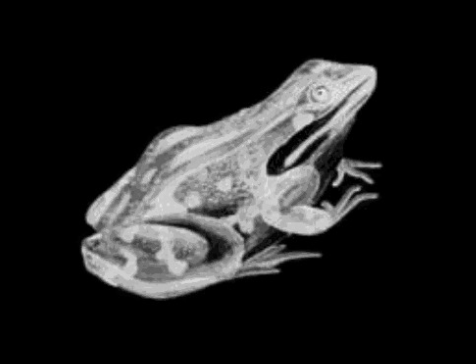A Photographer Who Toys with Resemblance — On the Work of Issei Suda
I’ve spent years digging through Tokyo’s flea markets for old issues of Asahi Camera and Camera Mainichi. Some of the most valuable lessons in Japanese photography still hide in those worn pages—and this site was born from that passion.
Our latest Members-Only Feature shares critic Koji Taki’s essay on Issei Suda, a photographer who places goldfish, octopus tentacles, and roadside trees side by side to challenge how we see images. It’s a quiet, thoughtful piece that explores how subtle analogies can shift our sense of meaning.
Here’s a short excerpt from the 1,300-word essay.
In the Members area, you’ll find the full article, including the Japanese original and a Traditional-Chinese translation.
If you make photobooks, you’ll know that arranging images by visual similarity is a common tool. I hope this essay sparks new ideas for your own work.
In Issei Suda’s photographs, there is a strikingly superficial characteristic: it lies in the connections or relationships between one image and another. Perhaps it is so superficial that nobody considers it important. However, when one pays attention to it, Suda’s photographs emerge with a completely different countenance than they do when viewed in terms of things like environment or people.
On one double-page spread of Omokage, a fish lies on the right; on the left, a curtain, coaxed by wind, billows skyward. These images are not placed side by side to amplify meaning through resemblance. Instead, they share only a visual rhyme: the knife-slashes in the fish’s belly echo the folds at the curtain’s hem. In the next spread an octopus tentacle, its two rows of suction cups flipped outward, mirrors the tight roll of a lotus leaf. Such pairings collide heterogeneity and surface similarity in a single instant, unhooking objects from their usual categories.
One reason Suda’s images feel so provocative is that, through these surface-level analogies—trivial at first glance—he quietly opens each photograph into a wholly different order of reality. What once seemed disparate, even incompatible, begins to rhyme; our habitual classifications fracture, inviting us to see with an eye that reconfigures the world itself.

